Retro Replay Review
Gameplay
Nakajima Satoru Kanshū F-1 Grand Prix offers an intriguing blend of arcade accessibility and simulation depth that will appeal to both casual racers and hardcore enthusiasts. At its core lies the recreation of the full 1991 Formula 1 season, letting players choose between individual Grand Prix events or committing to the entire championship. This flexibility means you can jump into a quick race for instant action or immerse yourself in the long haul of driver standings, team strategies, and relentless competition.
(HEY YOU!! We hope you enjoy! We try not to run ads. So basically, this is a very expensive hobby running this site. Please consider joining us for updates, forums, and more. Network w/ us to make some cash or friends while retro gaming, and you can win some free retro games for posting. Okay, carry on 👍)
Before each event, the game challenges you to fine-tune various car setup parameters. Engine performance, wing downforce, and tyre compounds all carry trade-offs: higher top speeds come at the cost of slower acceleration, increased wing settings improve grip but reduce maximum velocity, and stickier tyres bite the tarmac harder while wearing out faster. Learning to balance these variables on different circuits adds a satisfying layer of strategic depth to every race weekend.
On-track action is presented from a fixed overhead viewpoint, offering a clear, unobstructed view of your car, your rivals, and the twists and turns of each circuit. Practice sessions let you learn braking points and corner lines, then the intensity ramps up as you line up on the grid for qualifying and the main race. Responsive controls ensure that every adjustment—be it throttle modulation or late braking—feels meaningful, making success a genuine reward for both planning and skillful execution.
Graphics
Graphically, the game embodies the charming aesthetic of early 1990s 16-bit hardware. Tracks are rendered with crisp, distinct colors that highlight run-off areas, curbs, and pit lanes, while the cars themselves are recognizable silhouettes thanks to thoughtfully crafted sprites. The fixed camera angle may lack the dynamic flair of modern 3D engines, but it delivers a consistent, easily readable perspective that keeps the focus firmly on racing rather than cinematic presentation.
Animations are functional rather than flashy, with tyre smoke plumes during hard braking, brief skid effects in low-grip conditions, and a subtle motion blur to convey speed. Though modest by today’s standards, these touches enhance the sense of velocity and tension on the straights. The pit stop sequences are simple yet effective, showing your car entering the garage, tyres flashing to indicate a swap, and then rejoining the track—enough visual feedback to keep you informed without interrupting the flow.
The user interface surrounding the action is clean and efficient. Lap times, position indicators, tyre wear, and engine health are all displayed unobtrusively at the screen edges, ensuring you never have to guess your status. Whether you’re watching the leader disappear into the distance or battling wheel-to-wheel for a podium spot, the graphical presentation remains clear, purposeful, and true to the technology of its era.
Story
As a licensed title bearing Satoru Nakajima’s name, the game doesn’t offer a conventional narrative campaign but instead weaves its “story” through the authentic progression of a full F1 season. You step into the shoes of the first full-time Japanese Formula 1 driver, racing across iconic circuits like Suzuka, Monaco, and Monza. Each track brings its own character, and as you climb the standings, the sense of accomplishment grows organically, much like a career in real motorsport.
There are no cut-scene dramas or character cut-aways; the storyline unfolds in lap times, championship points, and overtakes on the final lap. Rival drivers feel real thanks to their on-track behavior—some will pressure you mercilessly, others may play it safe, and mechanical failures can strike without warning. This emergent storytelling through gameplay gives each race weekend its own narrative arc, with high-stakes tension and moments of triumph or heartbreak.
While purists might miss a deeper off-track experience, the game’s focus on pure racing authenticity serves as its own compelling narrative engine. You’re not following a scripted plot but forging your own legend, chase by chase, decision by decision. In that sense, the story lives in the driver’s seat, and every podium celebration or crash-filled retirement tells a chapter of your Formula 1 journey.
Overall Experience
Nakajima Satoru Kanshū F-1 Grand Prix stands as an engaging time capsule of early ’90s racing design, balancing engaging simulation mechanics with just enough arcade flair to keep the action brisk. Its depth of car customization, full-season mode, and varied track roster provide substantial replay value, ensuring that completing one championship barely scratches the surface of what’s on offer.
The fixed overhead view and retro visuals may feel dated compared to modern 3D racers, but they deliver clarity and focus that veteran players will appreciate. Learning to extract maximum performance from your car through setup tweaks feels rewarding, and mastering each circuit’s unique demands leads to genuine “eureka” moments as lap times tumble and racecraft improves.
For F1 fans and retro racing aficionados alike, this title offers a satisfying blend of strategy and speed. It may not dazzle with cutting-edge graphics or narrative cinematics, but it excels at the core promise of any good racing game: making every corner count, every pit stop strategic, and every checkered flag a cause for celebration. If you’re looking to experience the 1991 F1 season through the eyes of a pioneering driver, Nakajima Satoru Kanshū F-1 Grand Prix delivers an authentic, enduring race experience.
 Retro Replay Retro Replay gaming reviews, news, emulation, geek stuff and more!
Retro Replay Retro Replay gaming reviews, news, emulation, geek stuff and more!
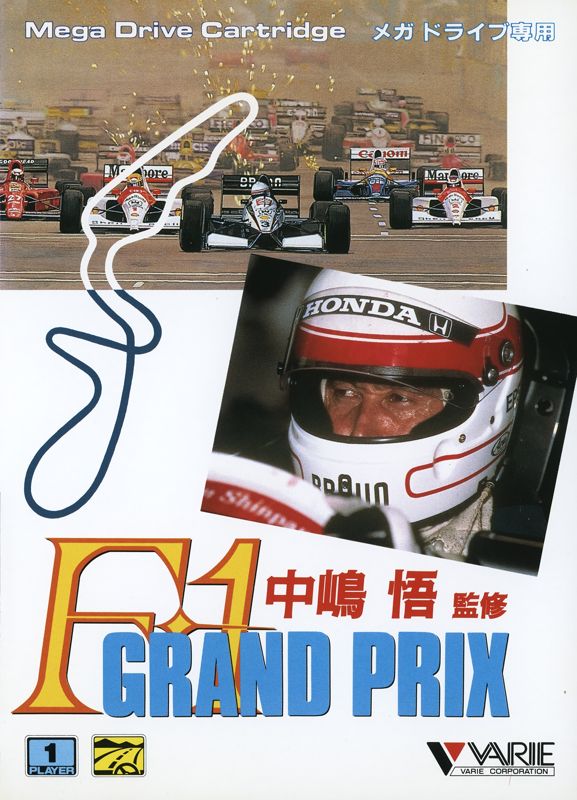
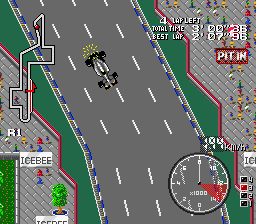



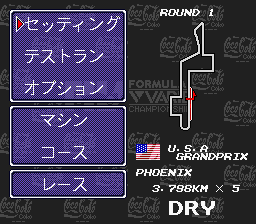
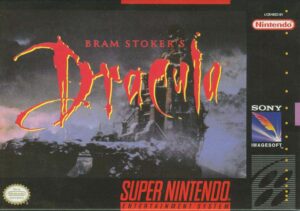
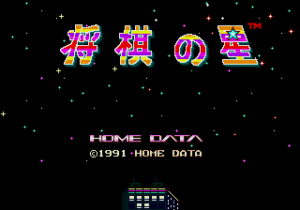

Reviews
There are no reviews yet.